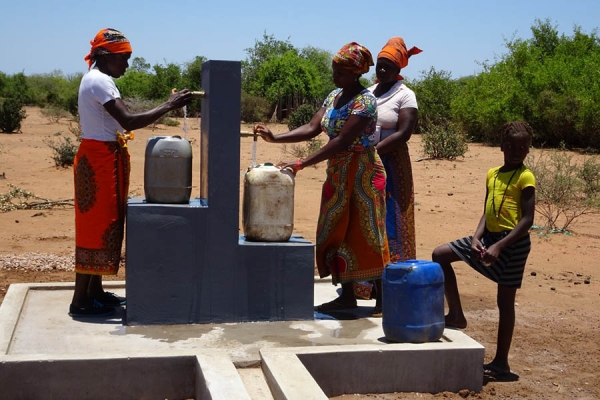Despite the increasing frequency, severity, duration and cost of humanitarian crises culminating in development challenges, humanitarian intervention and development planning have always been considered as complementary but distinct fields of practice. They might present common features, but inevitably they continue to operate independently. Indeed, the main argument has always been that “short-term relief of urgent survival needs should not hurt long-term capacity development”.
So far, however, emphasising their respective differences has only prevented integration among the two disciplines, thereby inhibiting cooperation among the various actors involved. As such, as early as the 1990s, some scholars started arguing that humanitarian assistance and development agenda should complement each other to be more effective. In support of this harmonization idea, Peride K. Blind, in his 2019 article, proposes to bridge this humanitarian-development divide by interlinking the 2030 Agenda for Sustainable Development with the Agenda for Humanity. To do that, it first compares the 169 targets of the Sustainable Development Agenda with the 32 commitments, 5 responsibility areas and 24 transformations of the Humanitarian Agenda. Then, it identifies a host of key terms which are common to the two programmatic documents.
The basic premise is that, if policy makers can locate the linkages between the two agendas, they can more readily think about how certain SDG targets can work towards the achievements of both development and humanitarian goals. In this regard, applying the newly proposed context-conflict-contingency model when addressing both humanitarian and development needs, constitutes the conceptual foundation of this analysis.
More in detail, the author identifies three common parameters to assess humanitarian and development challenges, which, in his opinion, are equally relevant to both fields when one or more crises occur and an effective response is needed: context, which implies understanding the environment in which each crisis occurs and assessing the needs of the different actors involved (context is particularly important in situations - like the one in the Central African Republic - where multiple crises at different levels converge to produce dissimilar challenges); conflict, which involves the evaluation of the impact and duration of each crisis, by analysing their root causes; contingency which is, on the other hand, an approach based on prevention, risk assessment and early warning.
As well illustrated in Blind’s paper, what the context-conflict-contingency model wants to posit is that micro-individual needs in short-term conflicts are best met with a focus on prevention by assessing threats. It also suggests that meso-level functional or organizational development can best be supported with medium-term risk management frameworks based on effective combinations of risk mitigations and transfer techniques. It finally argues that long-term protection goes together with structural state capacity, preparedness and resilience building.
In the end, the study finds 189 linkages between the Agenda for Humanity and the 2030 Agenda for Sustainable Development. From a humanitarian perspective, for example, coherent financing, capacity building, empowerment of women and inclusive decision-making are the areas where connections occur the most.
Overall, Blind’s analysis contains crucial reflections on the relationship and mutual interactions between these two fields of action and presents some essential recommendations to foster greater cooperation in reaching their common objectives.
To read more, please visit:
https://www.un.org/esa/desa/papers/2019/wp160_2019.pdf
https://www.unocha.org/es/themes/humanitarian-development-nexus
Author: Federica Pira




